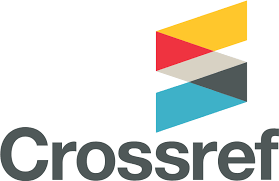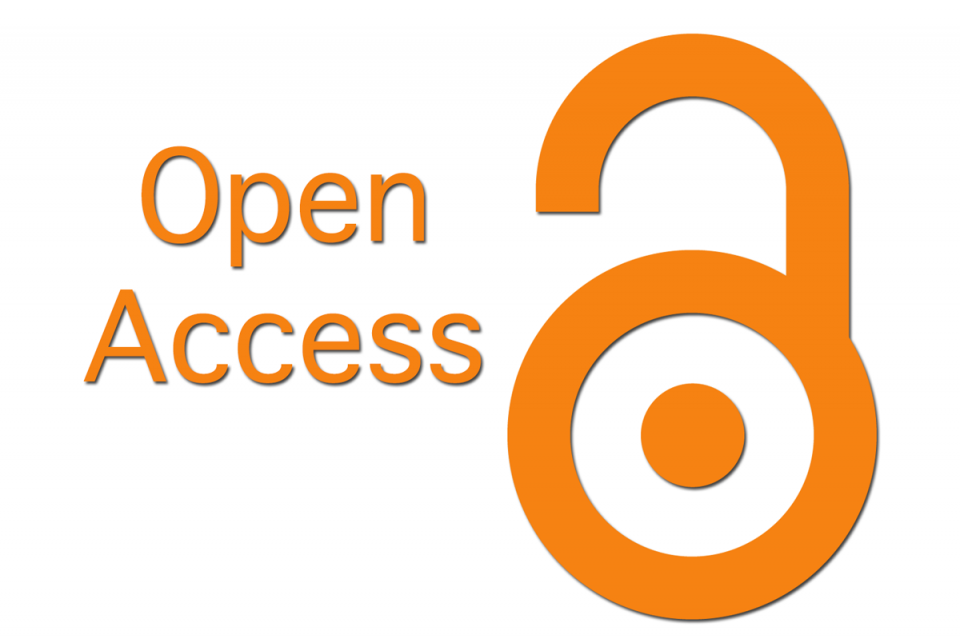Integrative Level Model of Modality in Military Legal Discourse: Interaction Mechanisms of Linguistic and Institutional Factors (Case Study of Russian and US Normative Legal Acts)
УДК 343.01, ББК 67.408
Abstract
This article develops and empirically tests an integrative-level model for analyzing modality in military legal discourse. Linguistic precision in this domain is not merely a theoretical desideratum but a critical factor, as interpretative ambiguity in normative legal acts (NLAs) can lead to severe operational and legal consequences. The study's relevance stems from the lack of comprehensive models explaining the systemic interaction of multilevel factors (lexico-grammatical, genre, discursive, evidential) in shaping modal meanings within military NLAs. The paper proposes a four-level model to overcome the fragmentary nature of existing approaches. Special attention is given to operationalizing implicit evidentiality – understood here as a pragmatic mechanism of norm legitimation via reference to authority – as a factor modulating illocutionary force. The methodology incorporates corpus analysis (125,000 tokens, Russian and US NLAs), discourse analysis methods with reliability assessment. Empirical results confirm that modality interpretation is an emergent property of discourse. Statistically significant differences in modal strength and frequency across NLA genres and jurisdictions, a strong positive correlation between implicit evidentiality and perceived illocutionary force, and systemic contrasts in Russian vs. US modal coding strategies, linked to legal traditions, are established. The findings contribute to modality theory, legal linguistics, and discourse analysis, offering a t h e o r e t i c a l l y g r o u n d e d t o o l k i t for analyzing institutional discourses and comparative study of their modal coloring.
Downloads
Metrics
References
Арутюнова Н. Д. Типы языковых значений: Оценка. Событие. Факт. М., 1988.
Бондарко А. В. Теория функциональной грамматики: Темпоральность. Модальность. Л., 1990.
Вольф Е. М. Функциональная семантика оценки. М., 1985.
Кузнецова М. Н. Проблемы интерпретации военных юридических текстов / Актуальные проблемы гуманитарных и естественных наук. – 2021. – № 10–2. – С. 124–128. URL: https://www.elibrary.ru/item.asp?id=47185311
Петрова А. В. Модальные глаголы в военных юридических текстах / Вестник Томского государственного университета. Филология. – 2019. – № 49. – С. 102–108. URL: https://cyberleninka.ru/article/n/modalnye-glagoly-v-voennyh-yuridicheskih-tekstah
Петрова Е. С. Модальность в англоязычном юридическом дискурсе. М., 2018.
Приказ Министра обороны Российской Федерации от 22.06.2020г. №300 «Об утверждении Правил ношения военной формы одежды...». URL: http://publication.pravo.gov.ru/Document/View/0001202007240030
Сидорова О. В. К вопросу о функционировании модальности в текстах военных приказов / Вестник экономической безопасности. – 2020. – № 4. – С. 264–267. URL: https://cyberleninka.ru/article/n/k-voprosu-o-funktsionirovanii-modalnosti-v-tekstah-voennyh-prikazov
Устав внутренней службы Вооруженных Сил Российской Федерации (утв. Указом Президента РФ от 10.11.2007 №1495) (в ред. от 25.03.2024). URL: http://pravo.gov.ru/proxy/ips/?docbody=&nd=102118916
Федеральный закон "О воинской обязанности и военной службе" от 28.03.1998 №53-ФЗ (ред. от 23.03.2024). URL: http://pravo.gov.ru/proxy/ips/?docbody=&nd=102052946
Aikhenvald A. Y. Evidentiality. Oxford, 2004.
Bhatia V. K. Analysing Genre: Language Use in Professional Settings. 2nd ed. London, 2017.
Bolander A. M. Modality in Legal Texts: A Corpus-Based Study of English and Swedish Legislation. Berlin, 2017.
Department of Defense Directive 5145.01. Under Secretary of Defense for Policy (USD(P)). October 20, 2020. URL: https://www.esd.whs.mil/Portals/54/Documents/DD/issuances/dodd/514501p.pdf
Department of the Army. Field Manual (FM) 6–0, Commander and Staff Organization and Operations. May 2022. URL: https://armypubs.army.mil/epubs/DR_pubs/DR_a/ARN35031-FM_6-0-000-WEB-1.pdf
Fairclough N. Analysing Discourse: Textual Analysis for Social Research. London, 2003.
Gotti M. Investigating Specialized Discourse. Bern, 2005.
Hiltunen R. Chapters on Legal English: Aspects Past and Present of the Language of the Law. Helsinki, 1990.
McEnery T., Hardie A. Corpus Linguistics: Method, Theory and Practice. Cambridge, 2011.
NATO Joint Analysis and Lessons Learned Centre (JALLC). JALLC Explorer / Vol. 1, Issue 1. Monsanto, Portugal, 2017. URL: https://nllp.jallc.nato.int/IKS/Sharing%20Public/JALLC%20Explorer%20Volume%201%20Issue%201.pdf
Nuyts J. Modality: A Categorization and a Bibliography / Handbook of Pragmatics / Ed. by J.Verschueren, J.-O.Östman, J.Blommaert, C.Bulcaen. Amsterdam; Philadelphia, 2006. P.1–114 (loose-leaf).
Palmer F. R. Mood and Modality. 2nd ed. Cambridge, 2001.
Šarčević S. New Approach to Legal Translation. The Hague, 1997.
Searle J. R. Speech Acts: An Essay in the Philosophy of Language. Cambridge, 1969.
Sebenius J. M. The Challenges of Plain Language Drafting in Military Law / The International Journal of Legal Information. – 2019. – Vol.47, №2. – P.147–163. URL: https://doi.org/10.1017/jli.2019.19
Title 10, U.S. Code, Subtitle A, Part II, Chapter 47 – Uniform Code of Military Justice. URL: https://uscode.house.gov/browse/prelim@title10/subtitleA/part2/chapter47&edition=prelim
Trosborg A. Statutes and contracts: An analysis of legal speech acts in the English language of the law / Journal of Pragmatics. – 1995. – Vol.23, №1. – P .31–53. URL: https://doi.org/10.1016/0378-2166(94)00028-m
Copyright (c) 2025 Наталья Малкова

This work is licensed under a Creative Commons Attribution 4.0 International License.
The authors, which are published in this journal, agree to the following conditions:
1. Authors retain the copyright to the work and transfer to the journal the right of the first publication along with the work, at the same time licensing it under the terms of the Creative Commons Attribution License, which allows others to distribute this work with the obligatory indication of the authorship of this work and a link to the original publication in this journal .
2. The authors retain the right to enter into separate, additional contractual agreements for the non-exclusive distribution of the version of the work published by this journal (for example, to place it in the university depository or to publish it in a book), with reference to the original publication in this journal.
3. Authors are allowed to post their work on the Internet (for example, in a university repository or on their personal website) before and during the review process of this journal, as this may lead to a productive discussion, as well as more links to this published work (See The Effect of Open Access).










